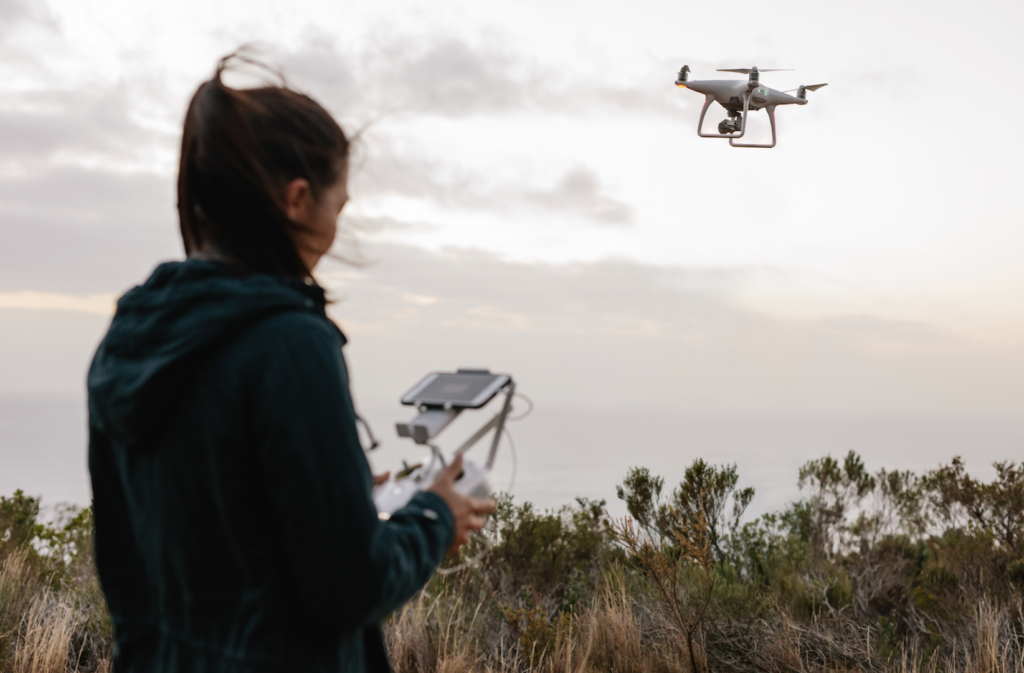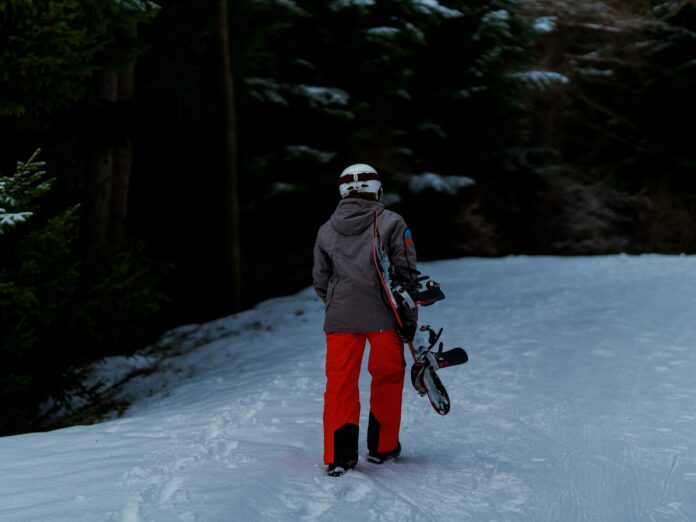
Ideal for documenting your travels from above.
For the time being, with the spectre of Lockdown 2.0 looming large, we’re having to find escapism in new and exciting ways. And right now, that escapism isn’t going to be found far flung, we’d expect, but rather, the pandemic means more exploring of home soil.
For a sense of freedom and adventure with a twist (or should that be, a blade rotation?), flying a drone can bring that idea of escapism to dizzying new heights. Have you seen the photographs of the recent winners of the international awards dedicated to aerial photography? There are some pretty spectacular shots out there, and all achievable from above. Should you be interested in delving deeper, and getting involved in that most modern of hobbies, then read on; here are 4 tips for buying a drone, IDEAL for documenting your travels from above.
THE RULES
When it comes to flying a drone, you need to read up on airspace regulations. Indeed, you are flying a small unmanned aircraft, and as such, are governed by the Civilian Aviation Authority (CAA) Air Navigation Order 2016. Follow it or you could get prosecuted. Here are your responsibilities as laid out by the government website:
To know how to fly your drone cameras safely, and do so within the law, you need:
- to understand that the operator is legally responsible for every flight
- to keep your drone in sight at all times and stay below 400ft
- not to fly your drone over a congested area, never fly within 50 metres of a person, vehicle or building not under your control
- ensure any images you obtain using the drone do not break privacy laws
- avoiding collisions, you should never fly a drone near an airport or close to aircraft

DIFFERENT TYPES FOR DIFFERENT FLIGHTS
Thought there was just one type of drone? Think again! The experts at 3D hubs, who offer 3D printing in Los Angeles and create unique drones using rapid prototyping, told us recently that a drone that is used to capture images needs different specifications than a drone created to deliver packages, for example. Indeed, drones come with all kinds of different features, and are often defined by their primary purpose and function.
When it comes to easy to memorise and quantify definitions, drones are often divided into four subcategories, each defined by a three letter acronym; RTF, BNF, PNP and ARF.
The first is Ready to Fly, and represents the savviest choice for beginners, which we assume you are since you’re here. An RTF drone doesn’t require major modifications or assembly. The next option, BNF, refers to Bind and Fly; these guys arrive fully formed but don’t come with a transmitter. Be warned, it can be hard to find the correct transmitter to match with your drone. PNP is short for Plug and Play, and these guys arrive without a transmitter, much like BNF, but also lacking a receiver. Such a device is aimed at the experts, who have a vast knowledge of modification and embellishing drone and dronelike devices. Finally, ARF is an Almost Ready to Fly specification, and grants the buyer plenty of scope for customisation.
Considering you’ve landed on this article, we’re going to assume that you’re interested in buying a drone for capturing images, in particular. As such, you might be interested in checking out this article by Conde Nast, which highlights some of the best drones for travel photography.

CAMERA SPECIFICATION
We apologise in advance if these assumptions are getting a little bit much, but we’re once again assuming travel photography is the purpose of your drone purpose. The camera attachment to your drone, then, needs to meet the right spec to afford you the maximum potential in capturing your shots from above.
Some drones come with a camera attached, while others are sturdy enough to allow for one to be fixed on. Regardless, it’s important you pay attention to shutter speed, aperture and frame rate, in particular, to get the best possible travel photographs.
The Air 2S is a leading example in its field of excellent spec for travel photography, ”Capable of shooting 5.4K/30fps and 4K/60fps video along with 20 megapixel photos with the upgraded 1-Inch CMOS sensor, the DJI Air 2S can capture high detail and natural colour tones be it sun or cloud, dawn, dusk, daytime or night time.”
Such spec results in higher pixel size and low light performance ideally suited for capturing that impossible shot.
RANGE OF DRONE & FLYING TIME
Finally, for those vast, expansive travel shots, you’re going to need to ensure that the drone you’re purchasing has a decent range and flying time, able to sustain itself for long periods in the air. On average, a drone’s battery life lasts for a maximum of 30 minutes for more expensive models, around 15 for mid-range types, and some of the cheaper drones can only last around 5 minutes in the air.
Range is also important, as in, how far your drone can fly from the transmitter before losing contact. Again, price usually dictates range, with cheaper models only allowing for around 30 metres of distance between transmission and device, while a larger investment will grant you at least a mile’s distance before the drone loses contact with the transmitter. Again, for great travel photography, it’s worth investing a little more if you’re keen to capture the best possible shots.





